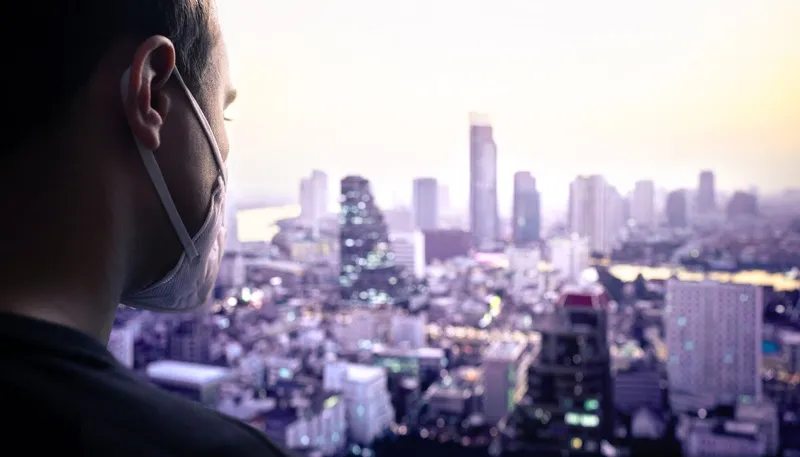London’s first Low Emission Bus Zone has been launched in Putney High Street, one of the most polluted areas of the capital. The clean bus zone, which runs a total of 145 buses on seven scheduled routes, will now be serviced by cleaner buses in a move to cut harmful nitrogen oxide (NOx) emissions.
The route is the first of 12 new Low Emission Bus Zones to be introduced at air quality hotspots. The zones represent the most extensive network of clean buses of any major world city.
The routes are one p
March 15, 2017
Read time: 2 mins
London’s first Low Emission Bus Zone has been launched in Putney High Street, one of the most polluted areas of the capital. The clean bus zone, which runs a total of 145 buses on seven scheduled routes, will now be serviced by cleaner buses in a move to cut harmful nitrogen oxide (NOx) emissions.
The route is the first of 12 new Low Emission Bus Zones to be introduced at air quality hotspots. The zones represent the most extensive network of clean buses of any major world city.
The routes are one part of a major transformation the Mayor, Sadiq Khan, has asked1466 Transport for London (TfL) to deliver to reduce emissions from London’s bus fleet, including the phasing out of diesel-only buses and a commitment to purchase only hybrid or zero-emission double-decker buses from 2018.
Only buses that meet the toughest emission standards will be permitted to run within the Putney Low Emission Bus Zone. Putney High Street will also have effective bus priority measures in place to keep bus delays to a minimum and reduce unnecessary pollution caused by sitting in traffic.
A report recently released by the Mayor showed that every London borough has recorded illegally high levels of air pollution in the last two years, with Wandsworth having some of the highest levels. Wandsworth has exceeded the annual mean limit for NO2 pollution at five out of six of their automatic monitoring stations, with the sites on Putney High Street recording levels more than double the legal limit.
Eleven more Low Emission Bus Zones will follow Putney, with the Brixton and Streatham zone set to be introduced in October. The remaining ten zones will be delivered by 2020.
The route is the first of 12 new Low Emission Bus Zones to be introduced at air quality hotspots. The zones represent the most extensive network of clean buses of any major world city.
The routes are one part of a major transformation the Mayor, Sadiq Khan, has asked
Only buses that meet the toughest emission standards will be permitted to run within the Putney Low Emission Bus Zone. Putney High Street will also have effective bus priority measures in place to keep bus delays to a minimum and reduce unnecessary pollution caused by sitting in traffic.
A report recently released by the Mayor showed that every London borough has recorded illegally high levels of air pollution in the last two years, with Wandsworth having some of the highest levels. Wandsworth has exceeded the annual mean limit for NO2 pollution at five out of six of their automatic monitoring stations, with the sites on Putney High Street recording levels more than double the legal limit.
Eleven more Low Emission Bus Zones will follow Putney, with the Brixton and Streatham zone set to be introduced in October. The remaining ten zones will be delivered by 2020.









